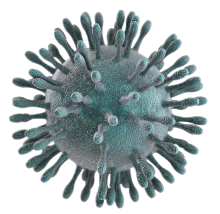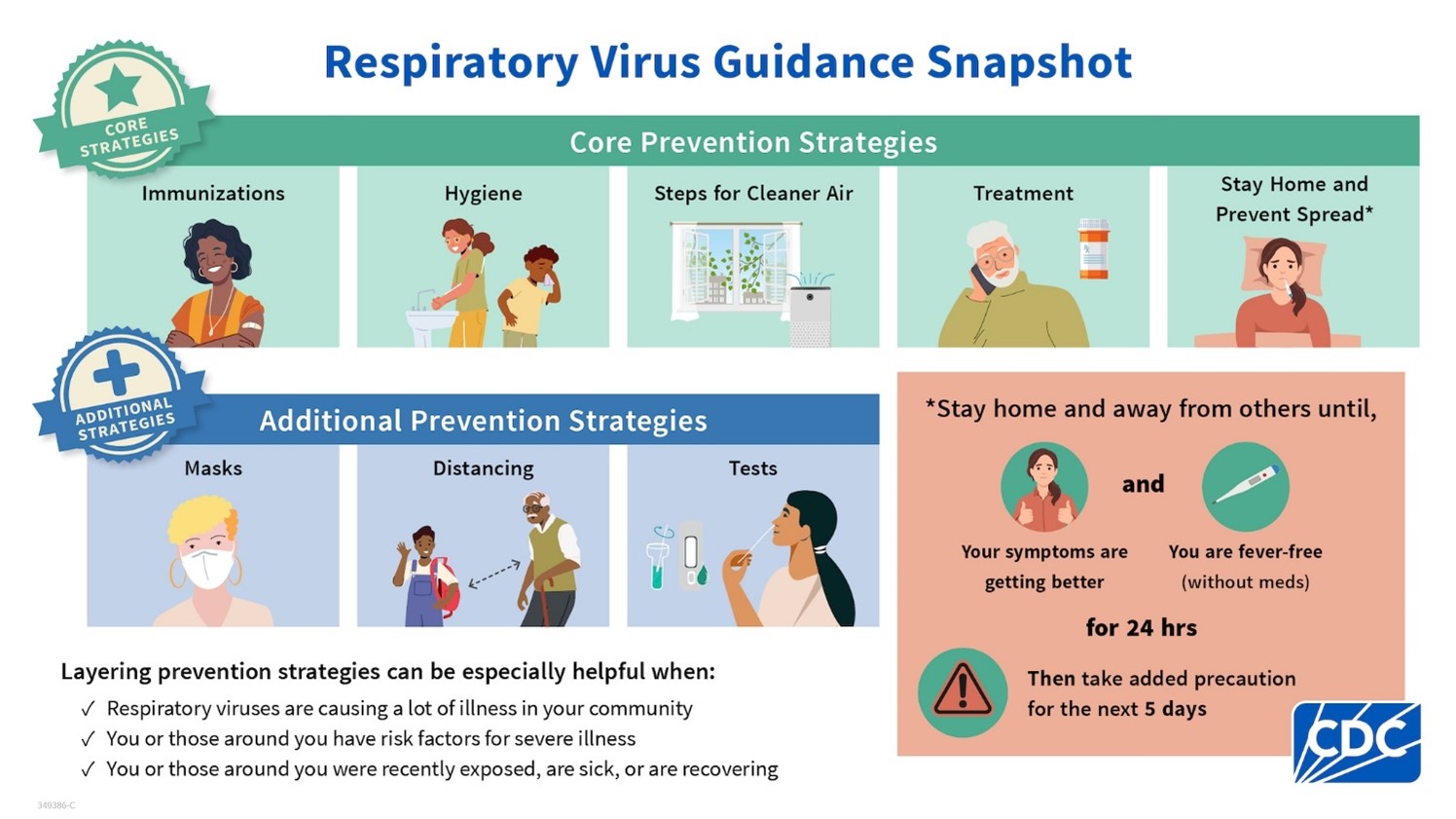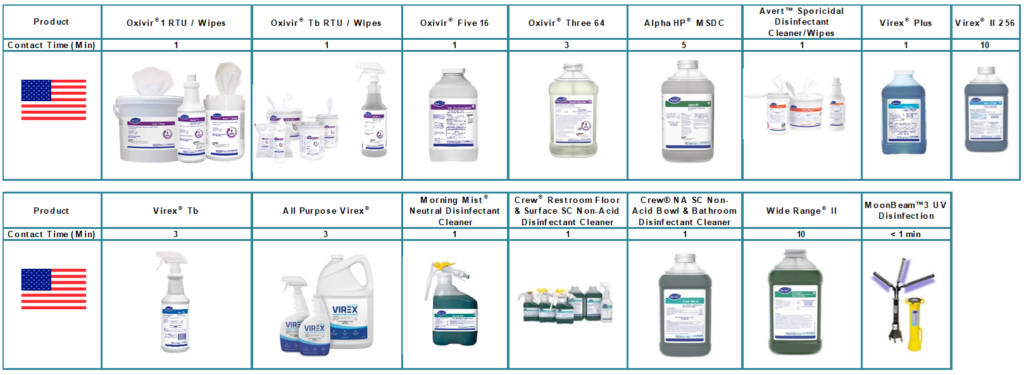
COVID-19
General Information
COVID-19 (also known as coronavirus disease 2019) is a respiratory viral infection caused by the SARS-CoV-2 virus.1 The virus created a worldwide pandemic, beginning in March 2020. As with any novel (new) infectious disease, medical and scientific communities continue to learn more about COVID-19 and the SARS-CoV-2 virus every day. Information and knowledge related to COVID-19 is constantly changing and should be validated by reliable public health organizations such the World Health Organization (WHO), Health Canada and the US Centers for Disease Control & Prevention (CDC).
Since its initial identification, SARS CoV-2 has changed and evolved as all viruses do. This change or evolution is also called “mutation,” which leads to different variants of a virus. Variants can differ in their contagiousness, disease severity, transmission routes, vaccine efficacy and other characteristics. To date, the currently available COVID-19 vaccines are effective against all identified COVID-19 variants. There is no current evidence to suggest that viral variants display resistance to surface disinfectants.
To learn more about currently circulating variants, visit the CDC’s most up-to-date information on COVID-19 variants at https://www.cdc.gov/covid/php/variants/index.html.
Virology & relevance to environmental hygiene
SARS CoV-2 is a large, positive-strand RNA enveloped coronavirus. Enveloped viruses are easier to inactivate with environmental cleaning and disinfection compared to non-enveloped viruses.2 Although it was identified in 2020, SARS CoV-2 is still considered a new or novel infectious disease and is included on the US Environmental Protection Agency’s (EPA) Emerging Viral Pathogens List Q. This list demonstrates disinfectant manufacturers who have submitted data to EPA demonstrating their product’s efficacy against difficult-to-inactivate viruses in preparation for rare and new or novel viral infectious disease threats when used per label instructions. Once a viral pathogen is added to List Q, healthcare facilities, environmental services professionals and the public can cross reference if a disinfectant is expected to be effective in inactivating it. Prior to the development of List Q, disinfectants effective against SARS CoV-2 were also included in EPA’s List N. CDC recommends using disinfectants from either List Q or List N for environmental cleaning and disinfecting. Thorough cleaning & disinfection of high-touch surfaces is important to prevent transmission of respiratory viral illnesses like COVID-19.
Symptoms
Symptoms can be difficult to differentiate from, and can overlap with, other viral respiratory illnesses such as influenza (flu) and respiratory syncytial virus (RSV). COVID-19 can vary from asymptomatic infection to critical illness; symptoms and severity can change during the illness. For the current list of symptoms associated with COVID-19, please visit https://www.cdc.gov/covid/hcp/clinical-care/covid19-presentation.html.3
Transmission
Per CDC, “people infected with SARS-CoV-2 can transmit the virus if they are vaccinated or unvaccinated, asymptomatic, pre-symptomatic, or symptomatic”. Peak transmissibility occurs from prior to symptom onset to a few days after, but most people can shed virus up to 10 days following infection.”3
Treatment
Medical treatment for COVID is based upon the severity of illness. Because treatment guidance continues to evolve and change, visit this CDC website for the most up-to-date information.
Prevention
The CDC has developed Respiratory Virus Guidance to promote infection prevention of all respiratory viral infections. Strategies are divided into two categories: core, or primary, prevention strategies and additional strategies (see below). It is important to note that this general guidance is intended for the public. US healthcare facilities should continue to follow CDC’s separate infection control guidance (Infection Control Guidance: SARS-CoV-2 | COVID-19 | CDC).

Cleaning and Disinfection of Environmental Surfaces
Environmental cleaning and disinfection, also known as environmental hygiene, is a core strategy to prevent respiratory infections like COVID-19 and its variants. Recommendations for cleaning at home will be different than in a hospital or healthcare setting. Regardless of setting, always read the disinfectant’s label, as it contains instructions for use, required personal protective equipment and safety information. To learn more about reading a disinfectant’s label, go to How to Read a Disinfectant Label.
The following are some of the Diversey disinfectants with claims against COVID-19 and are on List N and/or List Q:

References

